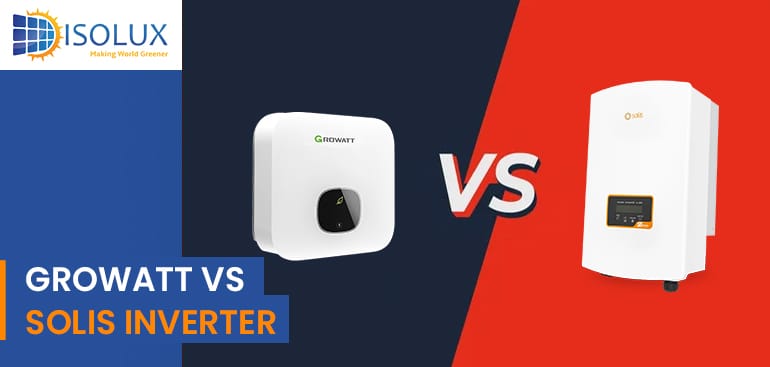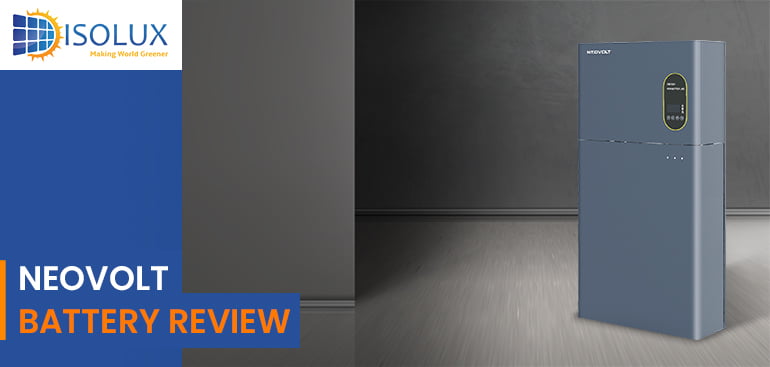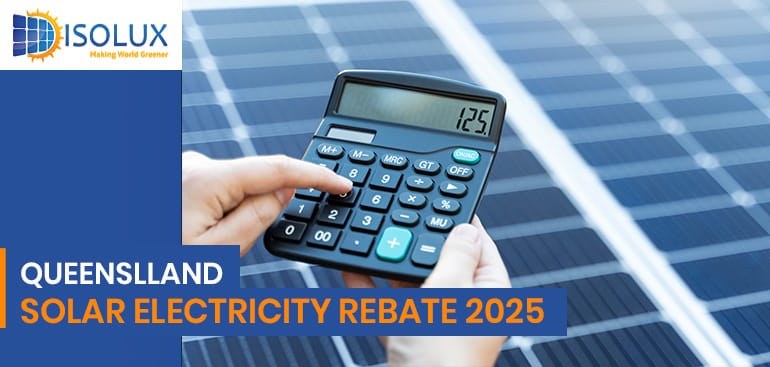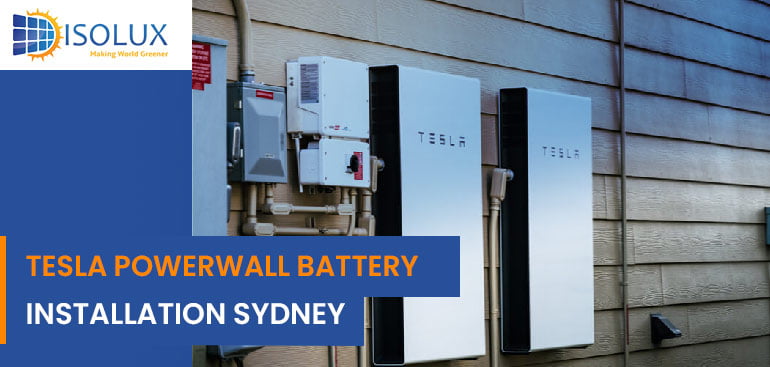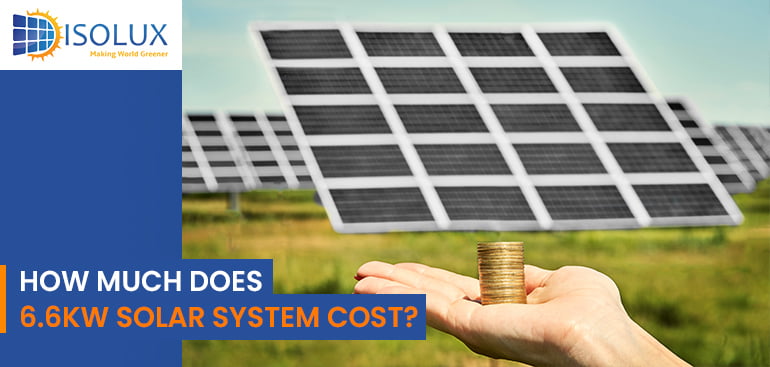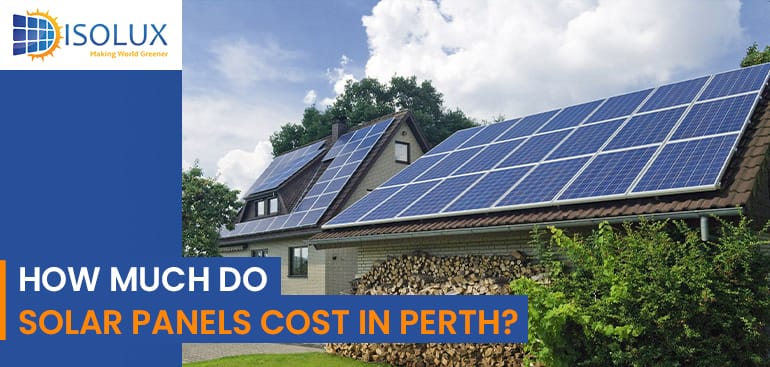When choosing the right solar inverter for your photovoltaic (PV) system, it’s essential to compare top brands in terms of performance, efficiency, features, and reliability. Growatt and Solis are two popular names in the solar industry, both offering robust inverters for residential, commercial, and industrial applications. Let’s get into in-depth comparison between Growatt vs Solis Inverter.
In the ever-evolving landscape of renewable energy, finding a reliable and efficient home battery system is crucial for maximizing the benefits of solar power. Sydney, with its abundant sunshine, presents a perfect opportunity for homeowners to harness solar energy. Among the top contenders in the market, Neovolt Batteries have garnered attention for their exceptional performance and innovative features. In this in-depth review, we explore the ins and outs of Neovolt Batteries, offering you a comprehensive guide to making an informed decision for your energy needs.
The $3700 homeowner rebate in Queensland is an exciting initiative aimed at promoting solar energy adoption. This rebate provides significant financial relief to homeowners who install solar power systems, making renewable energy more accessible while reducing electricity costs.
The Queensland Solar Electricity Rebate is a key incentive designed to encourage the adoption of solar power across the state. It allows homeowners to save on energy costs and contribute to a sustainable future. Let’s get into the detail of the Queensland Solar Electricity Rebate, additional benefits like feed-in tariffs, and how these programs can maximize your savings.
The Solar Bonus Scheme in Queensland, introduced in 2008, offers a significant feed-in tariff of 44 cents per kilowatt-hour (kWh) for eligible solar system owners who export surplus electricity back to the grid. Although this scheme has been closed to new applicants since 2012, existing participants who meet the criteria continue to benefit from this generous tariff until July 1, 2028.
The Tesla Powerwall has revolutionized energy storage, making it a popular choice among homeowners and businesses in Sydney. With the increasing adoption of solar energy in Australia, the Tesla Powerwall empowers users to maximize their solar power usage, reduce grid dependence, and protect against blackouts. This comprehensive guide explores what makes the Tesla Powerwall a standout solution for energy storage in Sydney.
Solar batteries, also known as energy storage systems or solar storage batteries, are devices designed to store excess electricity generated by solar panels during periods of sunlight. This stored energy can then be utilized during times when solar panels are not actively producing electricity, such as at night or during cloudy days. The primary goal of solar batteries is to enhance energy independence, increase the self-consumption of solar power, and provide a reliable backup power source during grid outages.
Let’s get into the benefits of solar batteries and how they can help you save money in the long run.
Commercial solar energy is becoming an increasingly popular choice for businesses looking to reduce their carbon footprint, lower energy costs, and contribute to a more sustainable future. In this blog, we will explore the ins and outs of the commercial solar system in Sydney, from understanding its concept to choosing the right solar system for your business.
Investing in renewable energy is a growing priority for Australian homeowners and businesses, and solar power leads the charge. Among the various sizes available, the 6.6kW solar system has emerged as a popular choice for its balance between size, output, and cost.
Let’s explore the cost of a 6.6kW solar system in Australia, considering factors that influence the price, and how Isolux Solar positions itself as a competitive provider in the market.
Solar power systems have grown more affordable in Perth, making the option increasingly attractive for both residential and commercial properties. For Brisbane-based company Isolux Solar, understanding the costs in Perth can help you address customer questions and highlight any differences between cities.

